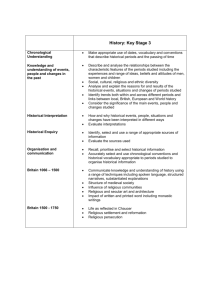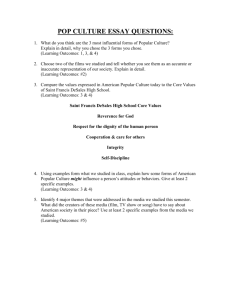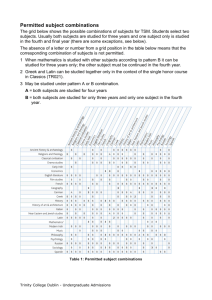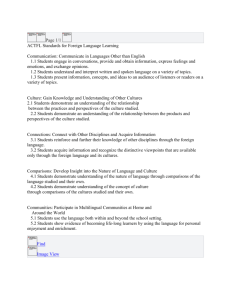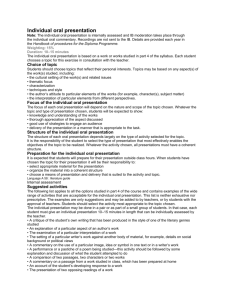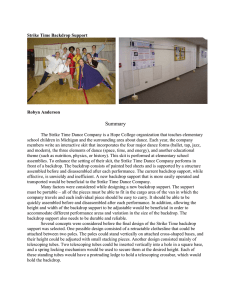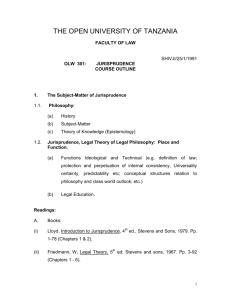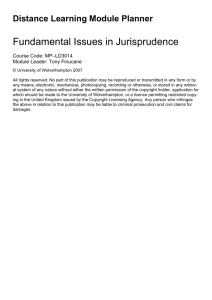Entertainment and Media Law Course Syllabus
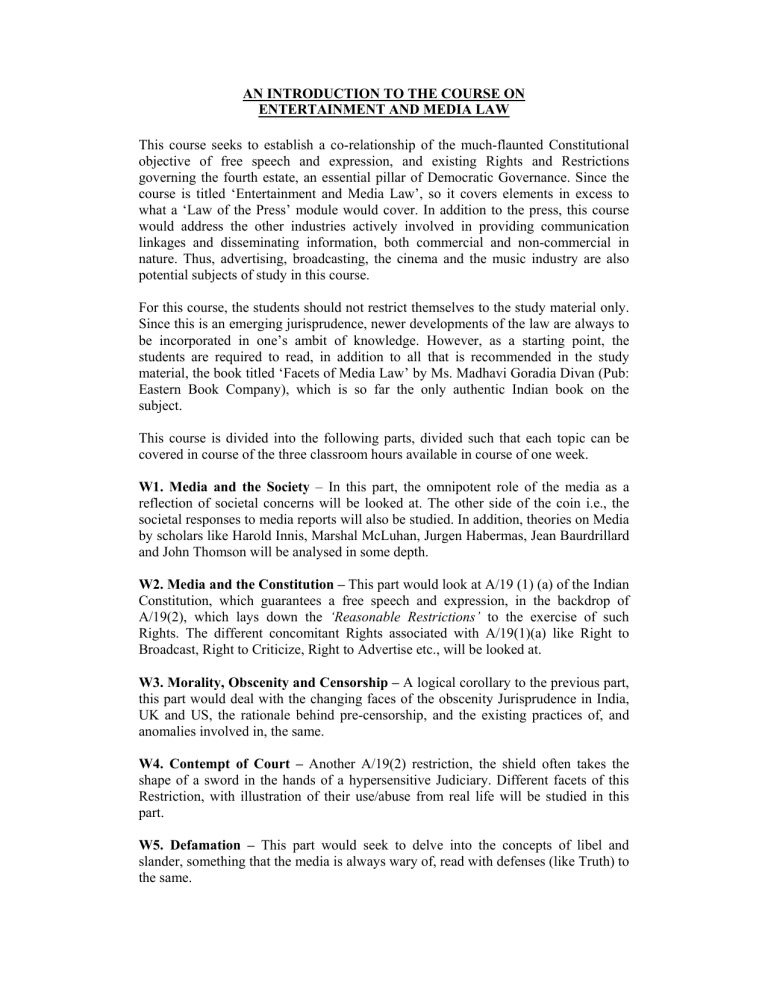
AN INTRODUCTION TO THE COURSE ON
ENTERTAINMENT AND MEDIA LAW
This course seeks to establish a co-relationship of the much-flaunted Constitutional objective of free speech and expression, and existing Rights and Restrictions governing the fourth estate, an essential pillar of Democratic Governance. Since the course is titled ‘Entertainment and Media Law’, so it covers elements in excess to what a ‘Law of the Press’ module would cover. In addition to the press, this course would address the other industries actively involved in providing communication linkages and disseminating information, both commercial and non-commercial in nature. Thus, advertising, broadcasting, the cinema and the music industry are also potential subjects of study in this course.
For this course, the students should not restrict themselves to the study material only.
Since this is an emerging jurisprudence, newer developments of the law are always to be incorporated in one’s ambit of knowledge. However, as a starting point, the students are required to read, in addition to all that is recommended in the study material, the book titled ‘Facets of Media Law’ by Ms. Madhavi Goradia Divan (Pub:
Eastern Book Company), which is so far the only authentic Indian book on the subject.
This course is divided into the following parts, divided such that each topic can be covered in course of the three classroom hours available in course of one week.
W1. Media and the Society – In this part, the omnipotent role of the media as a reflection of societal concerns will be looked at. The other side of the coin i.e., the societal responses to media reports will also be studied. In addition, theories on Media by scholars like Harold Innis, Marshal McLuhan, Jurgen Habermas, Jean Baurdrillard and John Thomson will be analysed in some depth.
W2. Media and the Constitution – This part would look at A/19 (1) (a) of the Indian
Constitution, which guarantees a free speech and expression, in the backdrop of
A/19(2), which lays down the ‘Reasonable Restrictions’ to the exercise of such
Rights. The different concomitant Rights associated with A/19(1)(a) like Right to
Broadcast, Right to Criticize, Right to Advertise etc., will be looked at.
W3. Morality, Obscenity and Censorship – A logical corollary to the previous part, this part would deal with the changing faces of the obscenity Jurisprudence in India,
UK and US, the rationale behind pre-censorship, and the existing practices of, and anomalies involved in, the same.
W4. Contempt of Court – Another A/19(2) restriction, the shield often takes the shape of a sword in the hands of a hypersensitive Judiciary. Different facets of this
Restriction, with illustration of their use/abuse from real life will be studied in this part.
W5. Defamation – This part would seek to delve into the concepts of libel and slander, something that the media is always wary of, read with defenses (like Truth) to the same.
W6. Investigative Journalism and the Right to Privacy – This is a relevant topic, especially, in the backdrop of new-found practices like sting journalism and incidents like the Niira Radia expose. The unenumerated Right to Privacy, read into A/21, will be studied and the controversial issues and practices analyzed in its backdrop.
W7. Right to Information – This part would trace the history of the Right to
Information (RTI) movement and the evolution of the Right to Information as an important tool of ensuring transparency in governance and public life. This part would, in addition to studying the various provisions of the RTI Act, look at phenomena like whistle blower protection, and right to know the Criminal antecedents of the electoral candidates.
W8. Cinema and the State – Among all forms of media in India, Celluloid undoubtedly has the wider reach, and has been very scrupulously regulated over the time. This part would look into the different kinds of governmental regulations and laws the film Industry has been subjected to over the years, from an oftenmanipulative CBFC to recent phenomena like the dubious ‘Smoking Ban’ .
W9. Broadcasting – Just like Cinema, the Radio (AIR and FM Channels) and the
Television have a wide reach, and are often the battlefields of conflicting commercial interests, and the battle over TV Rights of the Cricket Tournaments seems to suggest.
This part looks at the functioning of the state run, as well as non-state run broadcasting media, in the backdrop of the wide prescriptions of the Cable Television
Network, Act, and seeks to pertaining to this form of media – Cricket Broadcasting,
CAS/DTH, TV Censorship etc.
W10. Advertising – Commercial Speech has of late become an important component of A/19(1) (a), owing to its increased importance in a fast-moving consumerist
Society. Different facets of this Right and its regulation, including self-regulation by the Advertising Standards Council of India (ASCI) will be studied.
W11. Parliamentary Privileges, Judicial Reporting and the Media – The media has been often hauled up for breaches of parliamentary privileges, a jurisprudence that needs and in-depth studied, especially in light of new developments like compulsory
Terrestrial Transmission of Lok Sabha and Rajya Sabha proceedings. Similarly, the
Media also plays a great role in reporting proceedings from a Court of Law, a job involving a great sense of responsibility, and hence, restrictions, which will be studied in this part.
W12. Other recent controversies – This part will sum up the course, by looking into areas not covered in greater details in the earlier chapter. Examples include the Role of Media in Elections and Emergency, the phenomena of Ambush Marketing and
Product placing, complex legal issues involving an independent Celebrity Rights regime, a discussion on the interaction between the Media and the Copyright
Jurisprudence including vexed topics like the idea-expression dichotomy, copyright over names and titles of characters and a host of other topics, as per the students’ demands and requirements.
Shameek Sen
Assistant Professor, The West Bengal National University of Juridical Sciences
Course Instructor, Entertainment and Media Law

